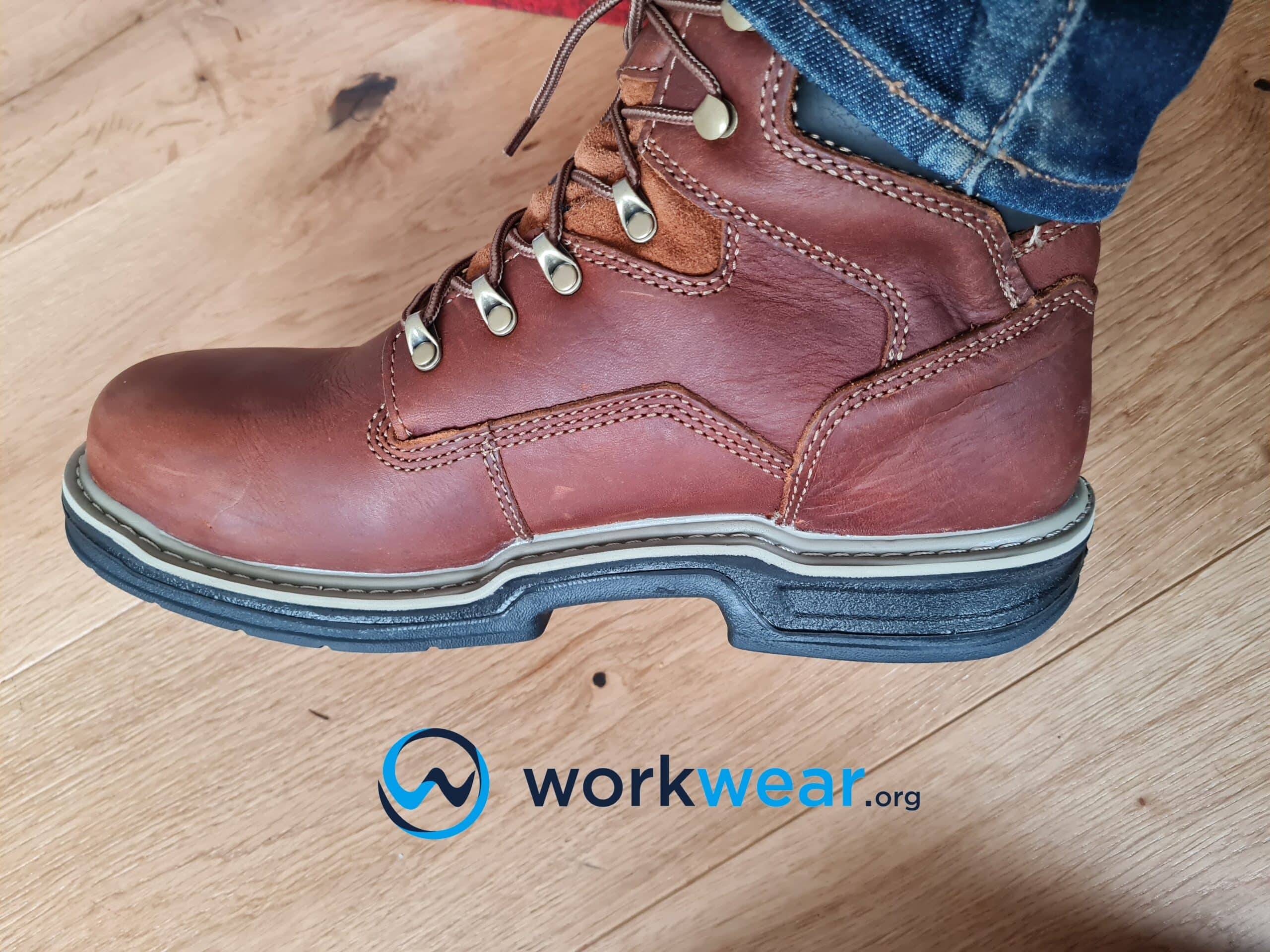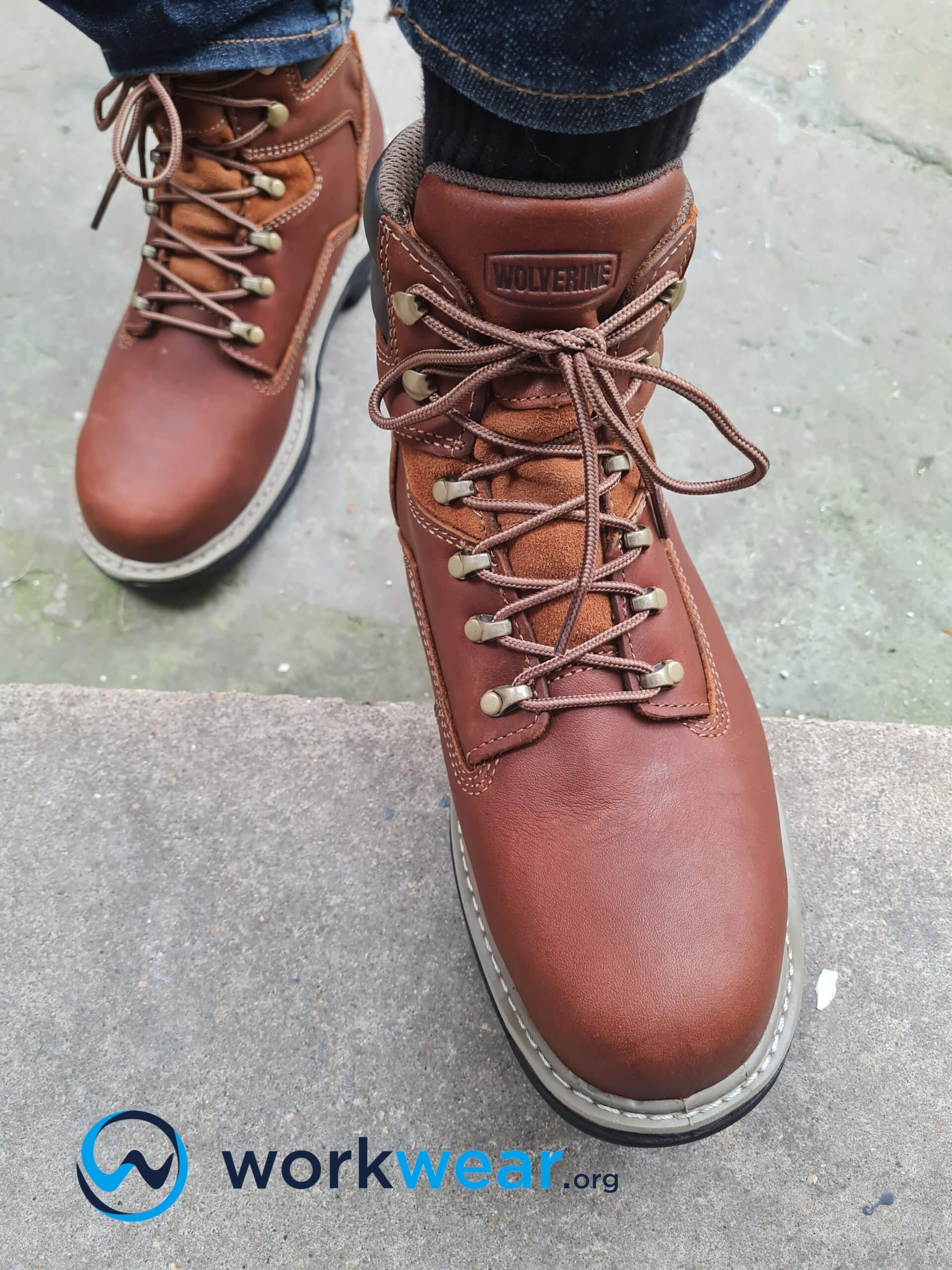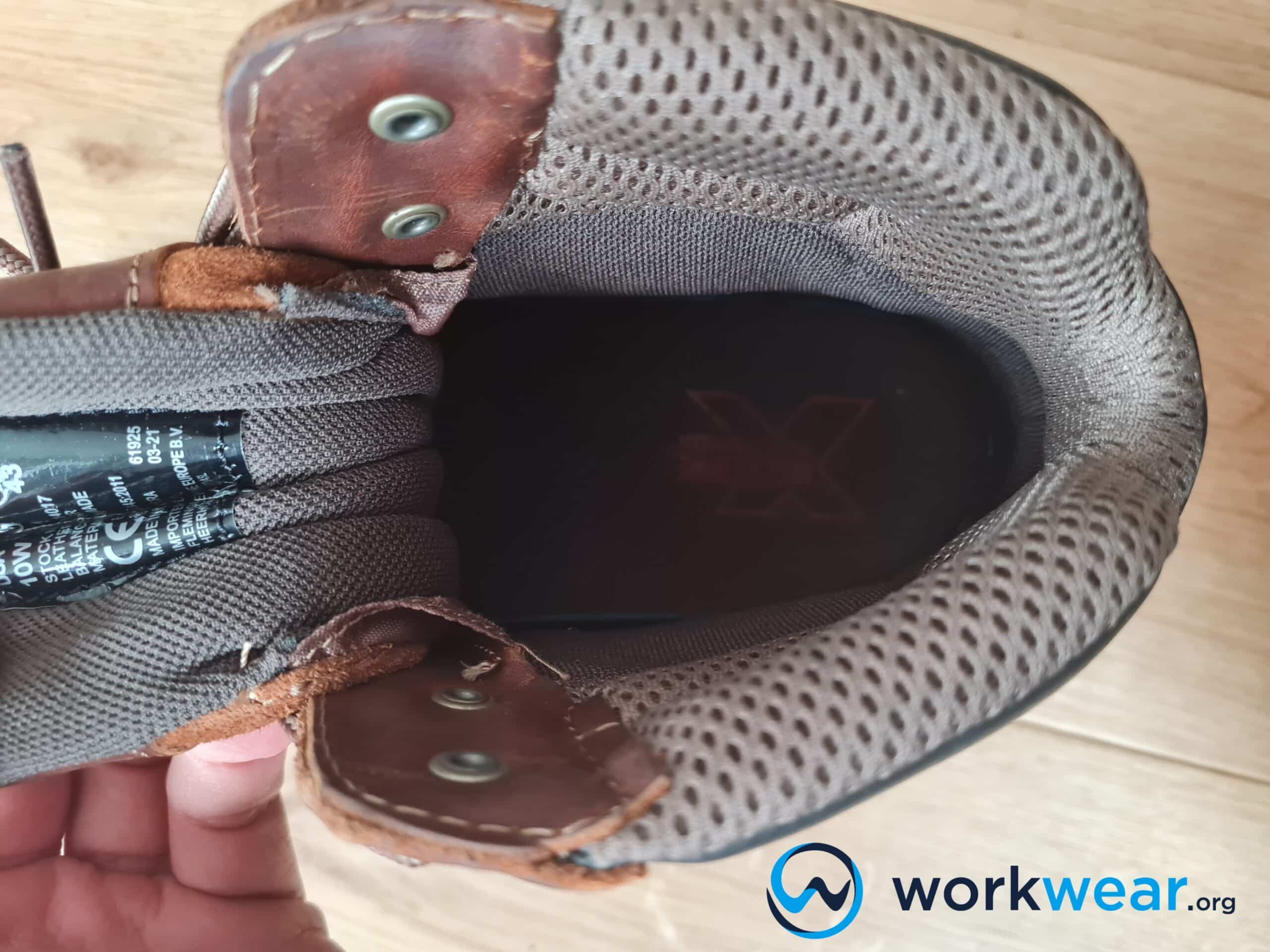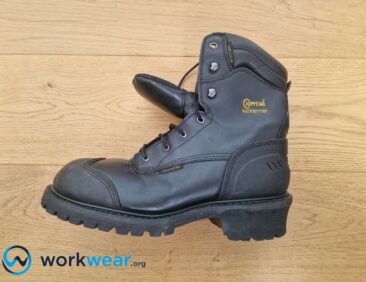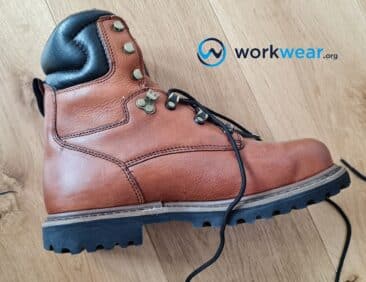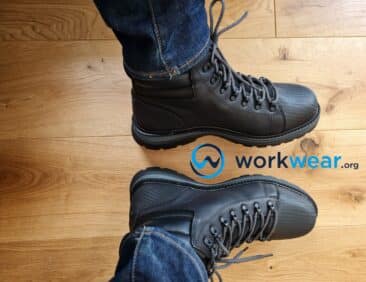Chukka Boots vs Regular Work Boots
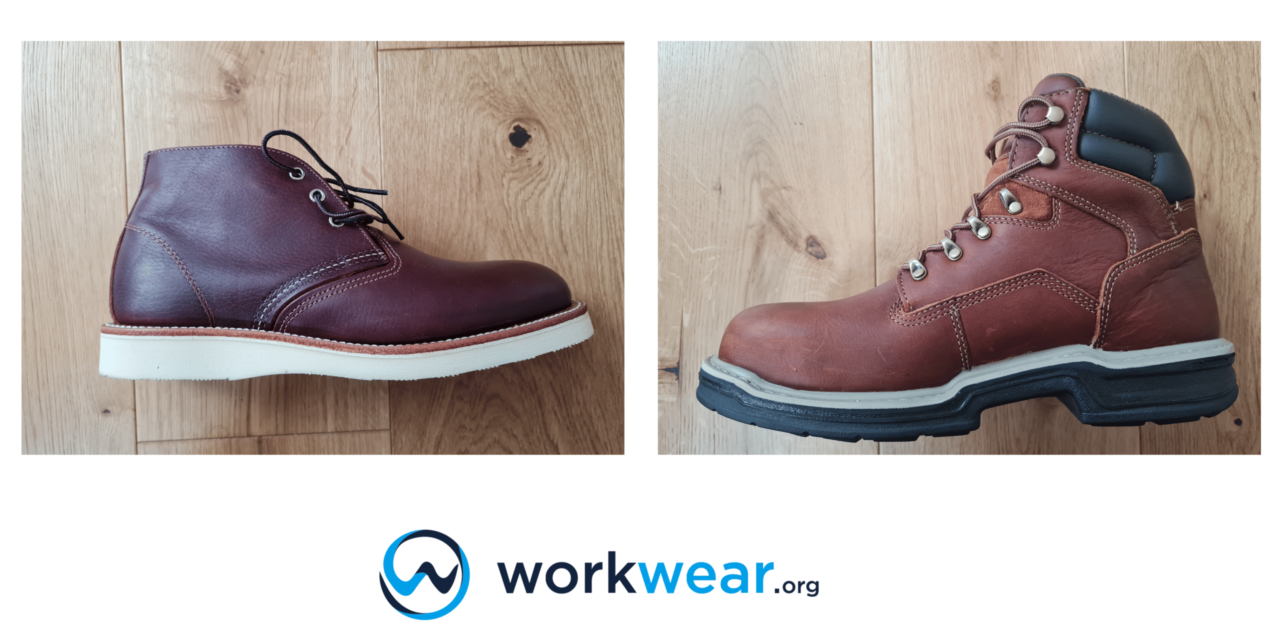
Purpose and functionality are not the only aspects that must be considered when choosing work boots or shoes. Their design should also be taken into account. Top-notch work boots are designed to take the beating of heavy use in a variety of work settings without falling apart but may be deemed too rugged and may not easily blend into formal settings. Meanwhile, chukka boots have a more low-profile appearance that can instantly boost the style of casual outfits and, depending on the material used, are typically used in more professional environments. In this article, we’ll discuss each footwear option’s strengths and weaknesses, making it easier for you to discern which choice will be more favorable for your job’s requirements.
Chukkas
Chukkas can easily be identified by their distinctive silhouette. They’re designed to reach only up to the ankle area, making walking much easier as they don’t get in the way of the ankles’ natural motion. Chukka boots made with materials such as suede inject a sophisticated air when paired with jeans. Meanwhile, those built with leather have a refined look that can be used in more professional work settings that may require business casual attire. Chukkas are made with unlined uppers, resulting in structures much lighter in weight compared to robust work boots.
Pros
Stylish
Chukkas offer an easy way of jazzing up simple outfits. A no-frills jeans-and-shirt combo will instantly look more polished with the addition of chukka boots made with materials such as suede and rubber soles. The ankle height and two-to-three eyelet design with thin laces work well with chinos, making chukkas great for use in less formal office settings that don’t require using suits. Chukka boots featuring leather uppers and soles seamlessly match dress pants for a more appropriate look for more formal surroundings.
Lightweight & comfortable
Chukkas are usually built using unlined uppers, whether they’re leather or suede. This results in the boots having a lighter weight than heavy-duty work boots that can feel significantly bulkier. Without the extra weight to pull the feet down, using the chukkas for walking is more comfortable, especially for extended periods.
Breathable
The unlined uppers used in chukkas add another comfort dimension as they promote better air circulation. The interiors feel cooler than most bulky work boots because the air continuously moves, quickly dispersing heat and moisture before they can build up to uncomfortable levels. The shorter height of chukkas also contributes to good overall ventilation as plenty of air can enter these boots compared to those with taller shafts.
Versatile
Chukkas can be used for both casual and more formal use (although they may not be appropriate for extremely formal settings). These boots can be used in workplaces that call for business casual attire and can easily transition to more social or laidback surroundings without looking out of place in either environment.
Wide opening
Chukka boots have a wide opening, allowing the feet to slide effortlessly with each use. Even wide feet can be accommodated by chukkas without making them uncomfortable – which may be unavoidable if using boots with a narrow opening.
Cons
Poor ankle support
The chukka boots’ wide opening may be an advantage in comfort, but it may pose problems in support. As they reach only up to the ankles, the boots don’t offer much support and won’t keep the ankle secured. This can be a significant issue if the boots are used in unstable conditions, as the ankles may turn accidentally while walking over such tricky surfaces.
Not as protective as work boots
Chukkas are designed for casual use and non-formal (and non-hazardous) work settings. They aren’t equipped with the protective features built into work boots, so they don’t offer the same level of protection. The relatively thin material used in chukkas’ uppers won’t protect against abrasion and extreme temperatures. Their structures aren’t fitted with safety features such as safety toes and puncture-resistant soles.
Not for narrow feet
In general, chukka boots are designed with a tapering tip that isn’t the most comfortable for those with wide feet. The tip can rub against the sides of the feet and toes, resulting in extremely uncomfortable walking, especially if the boots are used for long hours.
Not as durable as work boots
Chukkas aren’t built with superior strength and durability, so they’re not expected to last as long as work boots. In addition, the materials in chukka boots won’t keep up with the beating that work boots experience because they’re meant to be used in casual work settings.
Uses of Chukkas
Chukkas made with suede are great for work settings that call for chinos or jeans. They’re ideal for retail sales personnel, teachers, real estate agents, and food service staff. Meanwhile, leather chukka boots work remarkably well for jobs in a bit more formal environment, such as hotel front-of-the-office staff, lawyers, bank workers, and other jobs in indoor office settings.
Regular Work Boots
Regular work boots are built to last long work days in varying conditions. Those with safety toes protect the feet so they won’t be seriously harmed by heavy falling objects, which can be encountered on hazardous worksites. On the other hand, work boots without safety toe caps are suitable for non-hazardous surroundings and are more comfortable for walking, taking up the better part of the day.
Pros
Durable
Work boots are built with strong materials and take on tough work environments. They’re typically constructed with thick leather and may even be enhanced with equally strong non-leather materials (such as ballistic nylon), allowing them to keep up with challenging job sites without getting damaged easily, even with heavy use.
Protective features
Regular work boots are packed with protective features that keep the feet safe in different work settings. For example, metallic or composite toe caps guard the toes against crushing injuries in job sites with compression or impact hazards. Even the work boots that don’t have safety toes are still often built with several protective features, such as electrical hazard protection and abrasion resistance.
Increased coverage
Work boots have higher shaft designs compared to chukkas. The taller height offers increased coverage to keep the feet and ankles safe from injuries that may come from impact, abrasion, and other threats in the work environment.
Strong ankle support
The tall shaft often seen in work boots holds the ankles securely in place, so they won’t easily twist when walking in unstable ground conditions. This level of ankle security isn’t possible when using low-cut footwear, such as chukkas. The strong ankle support makes walking more effortless on tricky surfaces and enhances the feet’s safety in the workplace.
Wide range of designs
Today, boots aren’t just available in traditional lace-up profiles. Work boots are now offered in a wide range of designs that cater to differing job environments, work settings, and even style preferences – without compromising the high-performance use expected from work footwear. Some of these designs may be versatile enough to look and function superbly on and off the worksite.
Cons
Heavier than chukkas
In general, work boots have heavy-duty construction to keep up with the demands of various worksites. The thick uppers with strong leather and safety features result in work boots that are much heavier than chukka boots. The thick soles that make work boots stable on tricky surfaces and comfortable cushioning inside add to the overall weight.
Not for formal settings
Work boots often have heavy-duty silhouettes that can take on tough job conditions, but that ruggedness isn’t appropriate for more formal settings. The bulky appearance of most work boots makes them suitable only for outdoor use as they will look extremely out of place in formal indoor office areas.
Uses of Regular Work Boots
Regular work boots can be used in a wide variety of work conditions. Safety toe work boots are ideal for hazardous jobs, including carpenters, construction workers, heavy machine operators, and loggers. Meanwhile, non-safety work boots can be used by kitchen staff, gardeners, and sales personnel.
Comparison Table
|
Pros |
Cons |
|
|---|---|---|
| Chukkas |
|
|
| Regular Work Boots |
|
|
Conclusion
Choosing between regular work boots and chukkas can be less tricky if you know both options’ distinctive features, including their benefits and drawbacks. Chukkas are ideal if you’re looking for a stylish footwear choice that feels light, comfortable, and suitable for indoor office work. On the other hand, you may be better off picking regular work boots if your job needs heavy-duty footwear and requires exposure to more demanding settings that may include exposure to safety hazards and varying weather conditions.
678+
Products Reviewed
24+ Years
Combined Experience
500+ Hrs
Field Testing



